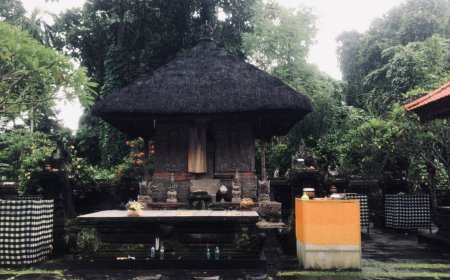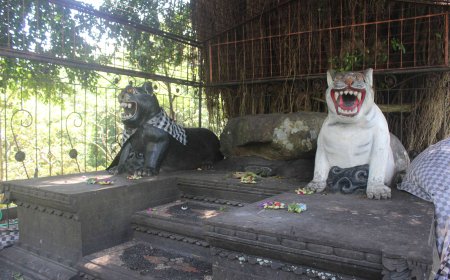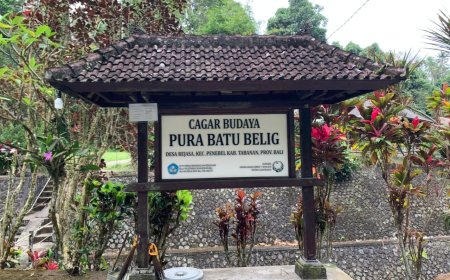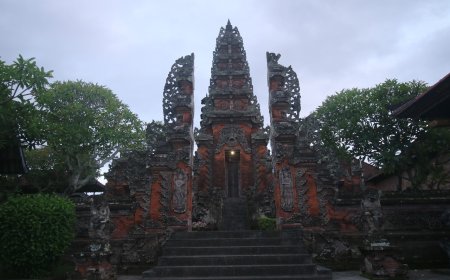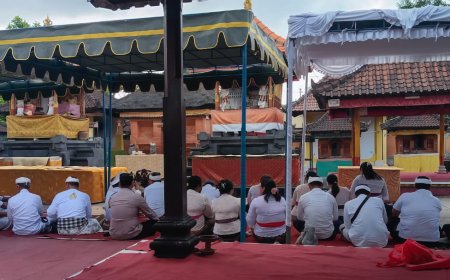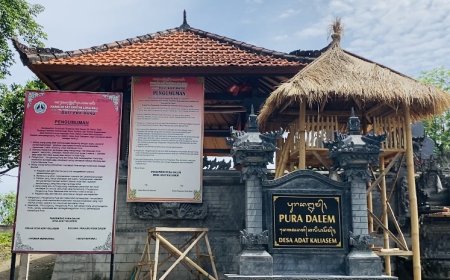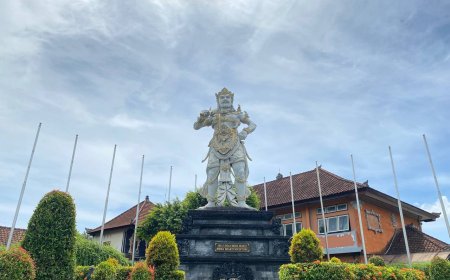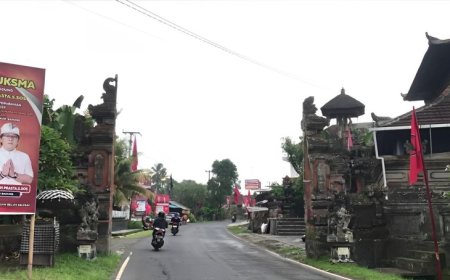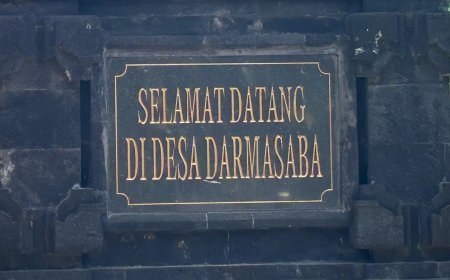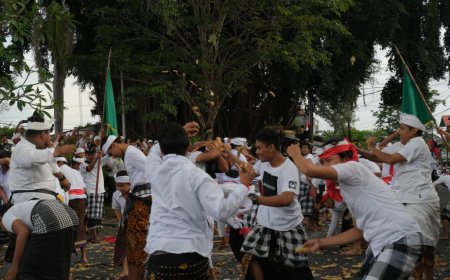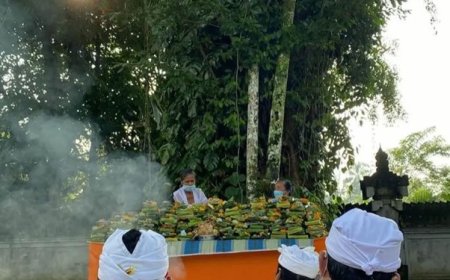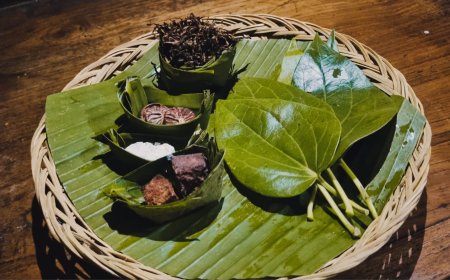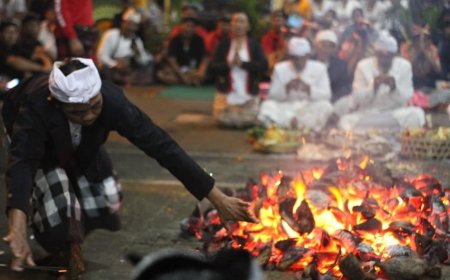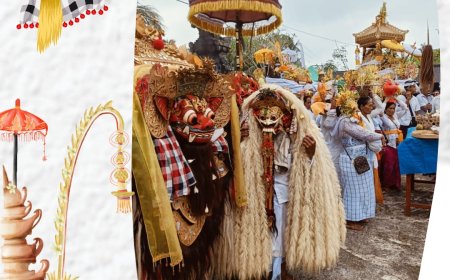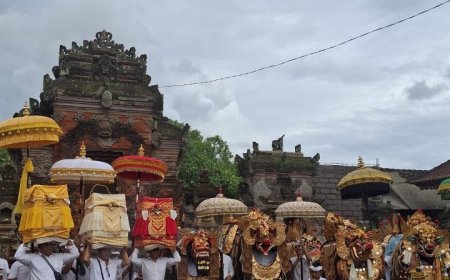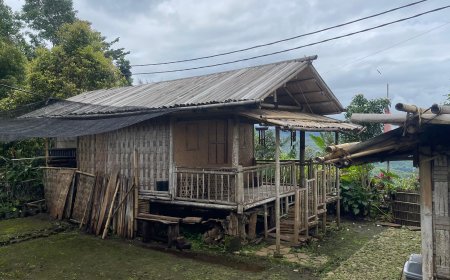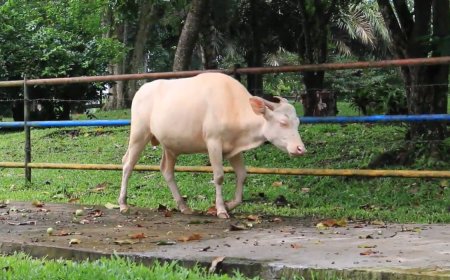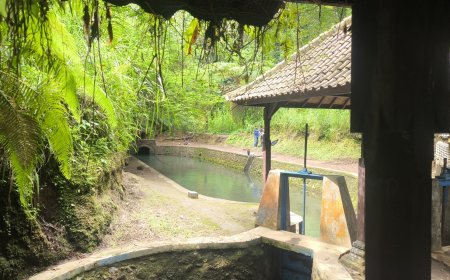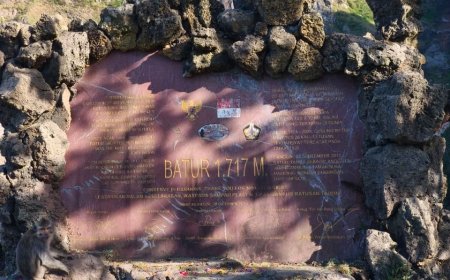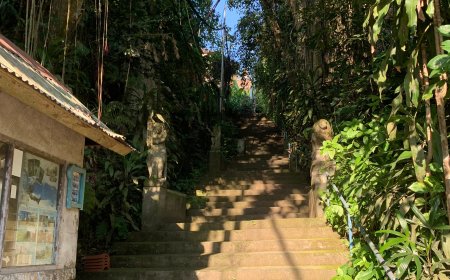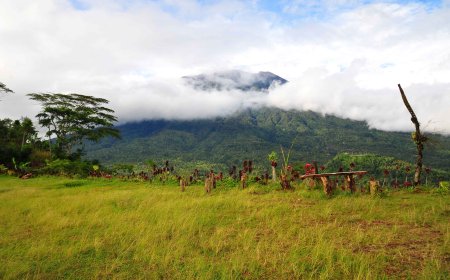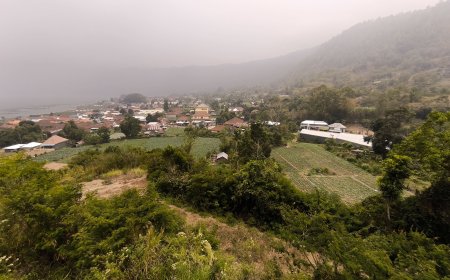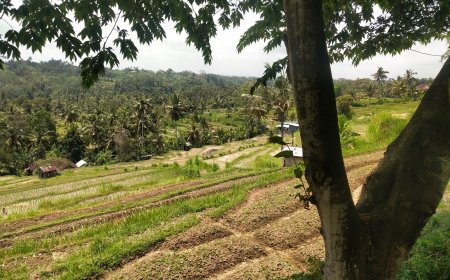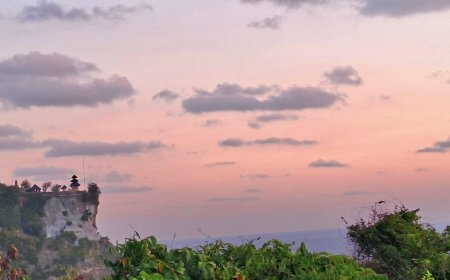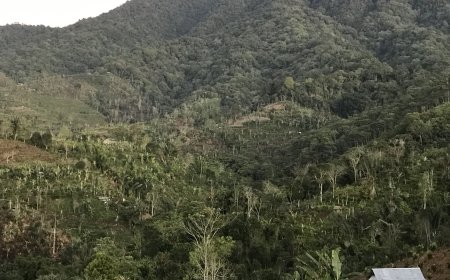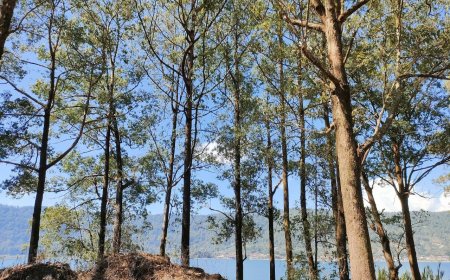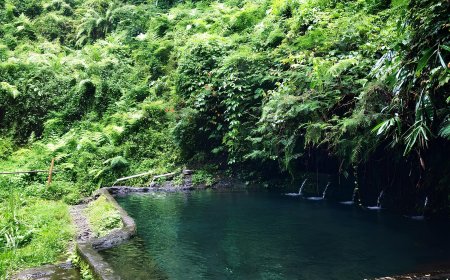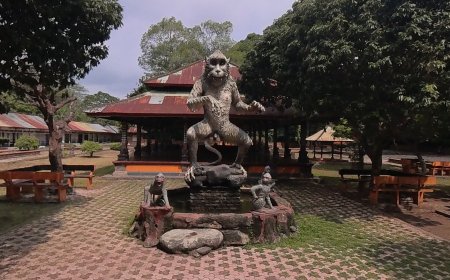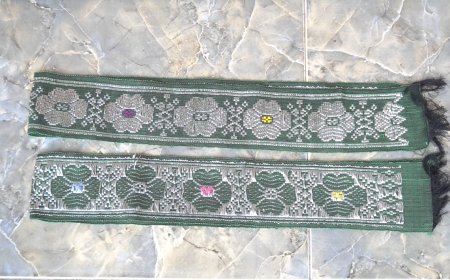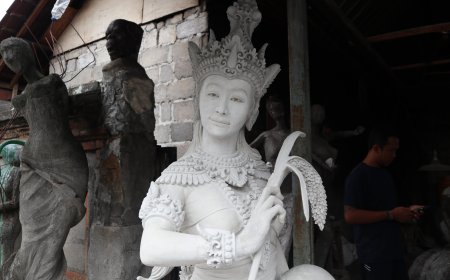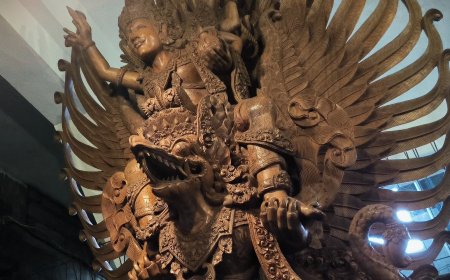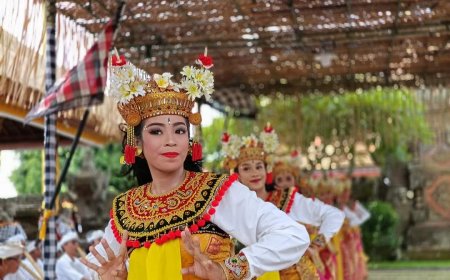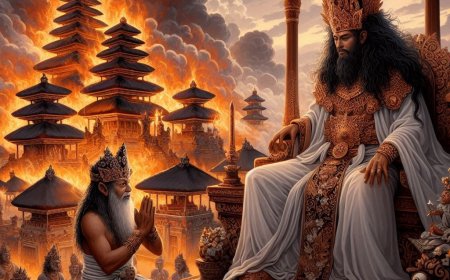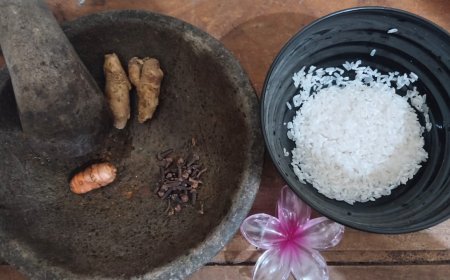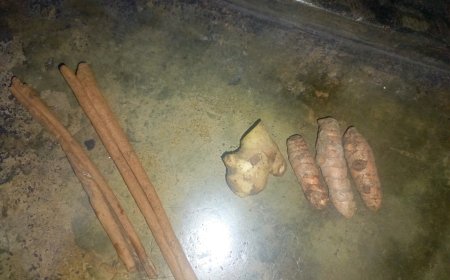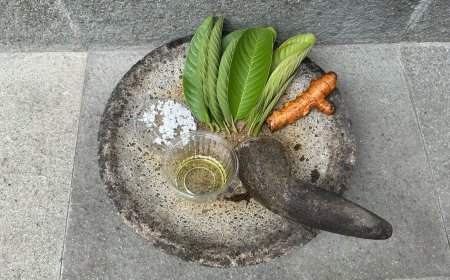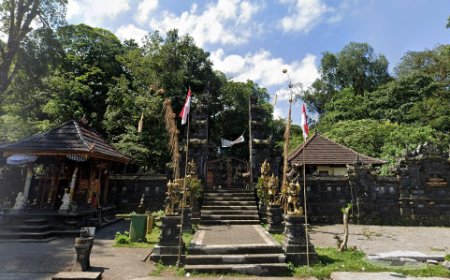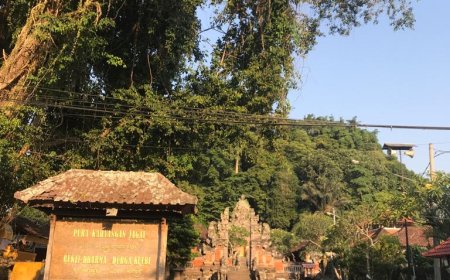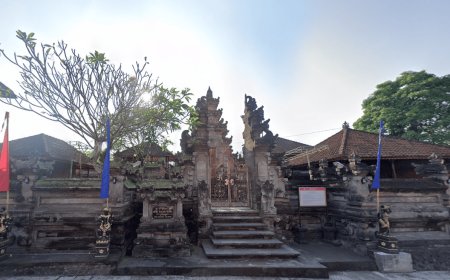Luhur Besikalung Temple : Exploring Beauty and Spirituality in the Land of Bali.
Experience the beauty of Pura Luhur Besikalung in Bali 360, a sacred temple hidden deep within a lush forest, radiating serenity and profound peace. At its heart stands the main shrine, Bebaturan, symbolizing purity and spiritual majesty. The tranquil atmosphere that envelops this temple makes it a perfect place for meditation and communion with nature. Not far from here, the breathtaking Jatiluwih rice terraces in Penebel add to the charm, presenting a harmonious blend of natural beauty and Bali's rich cultural heritage.
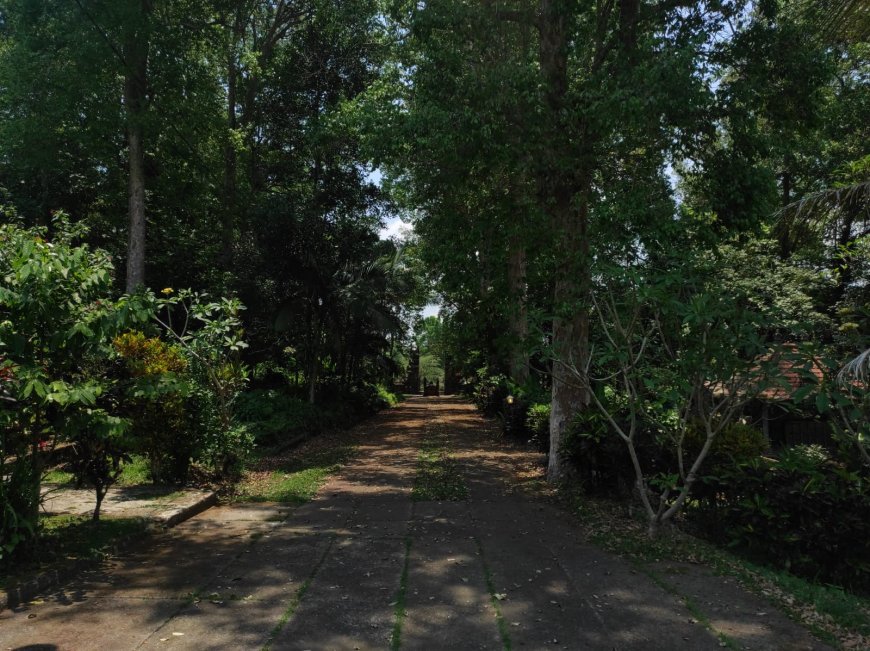
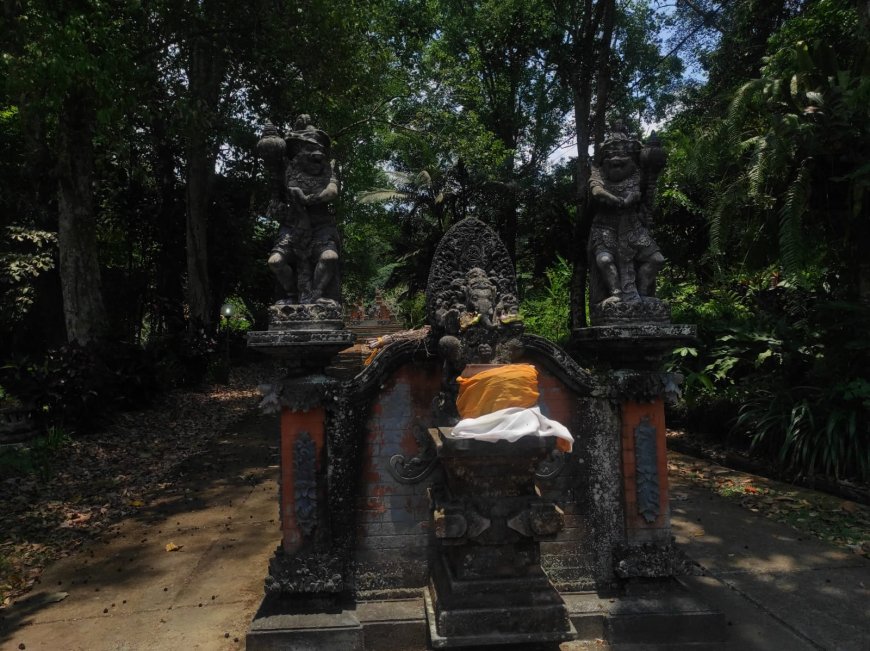
Luhur Besikalung Temple (source : private collection)
Besikalung Temple is located in a mountainous area on the southern slope of Mount Batukaru and is part of the Jatiluwih area. The management of this temple is taken care of by Utu Traditional Village, Babahan Village, Penebel District, Tabanan Regency. Located in the middle of a protected forest which is a relic of the prehistoric era of megalithic traditions in the form of punden berundak, this temple is operated by 5 Banjar (Traditional Village) and 14 penyiwi subak.
'Cala Silungkung Kaklungan Pangulumbigyan' is the origin of the name Besikalung. 'Cala Sulungkung' which means holy bale and 'Pangulumbiyan' which is a cleansing ceremony. Apart from the sentence in the inscription, another source of Besikalung's name is from the presence of Lingga in the main palinggih (grand palinggih).
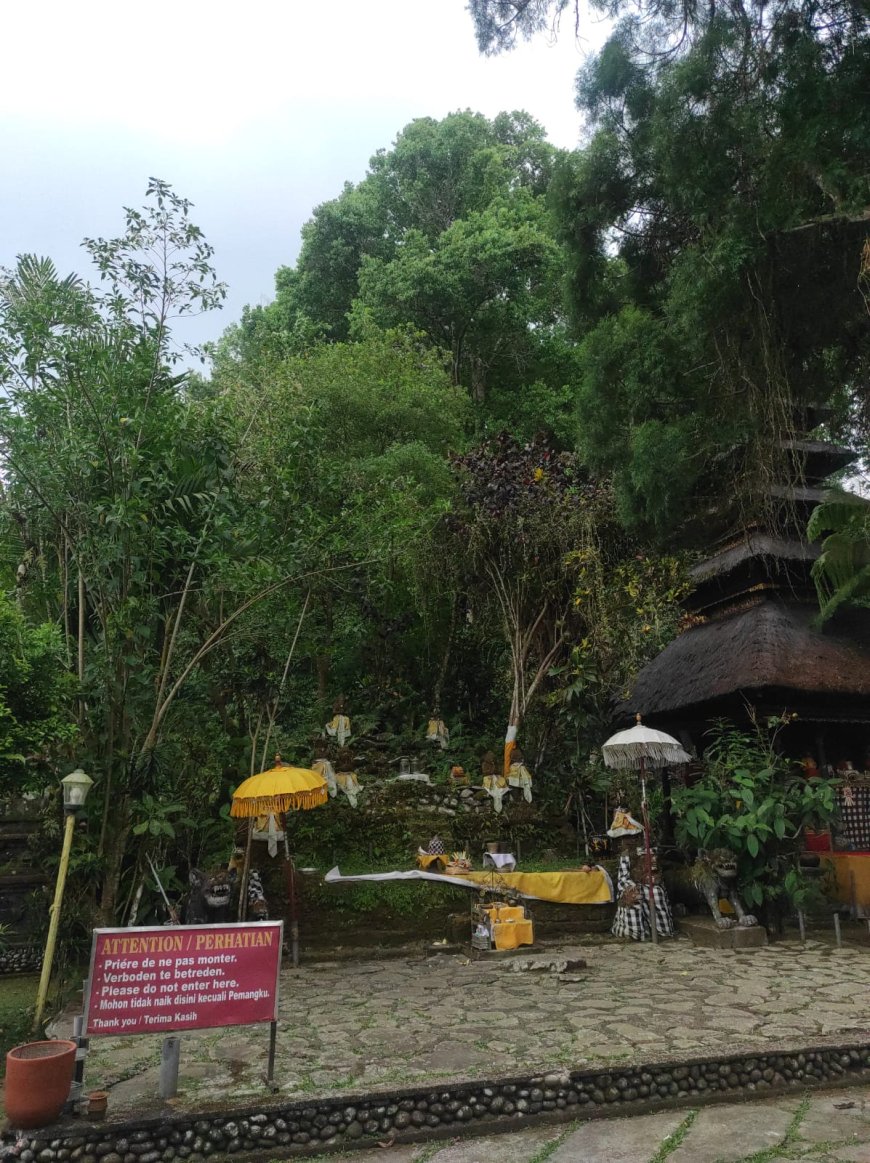
Luhur Besikalung Temple (source : private collection)
The shape of the phallus is long and round and the top of the phallus is decorated with a circle of iron necklaces. The word Besikalung is also associated with the word pagerwesi which is a circular iron fence. The pagerwesi holiday which falls every Budha Kliwon Sinta coincides with the piodalan in this temple.
The structure of the pelinggih building in the form of stepped stones also indicates that this temple is a relic of the great stone age (megalithic). The religious characteristics of this period include worship of the sacred spirits of ancestors and elements of Hinduism that began since the influence of Indian culture through Java or the apaniaga era.
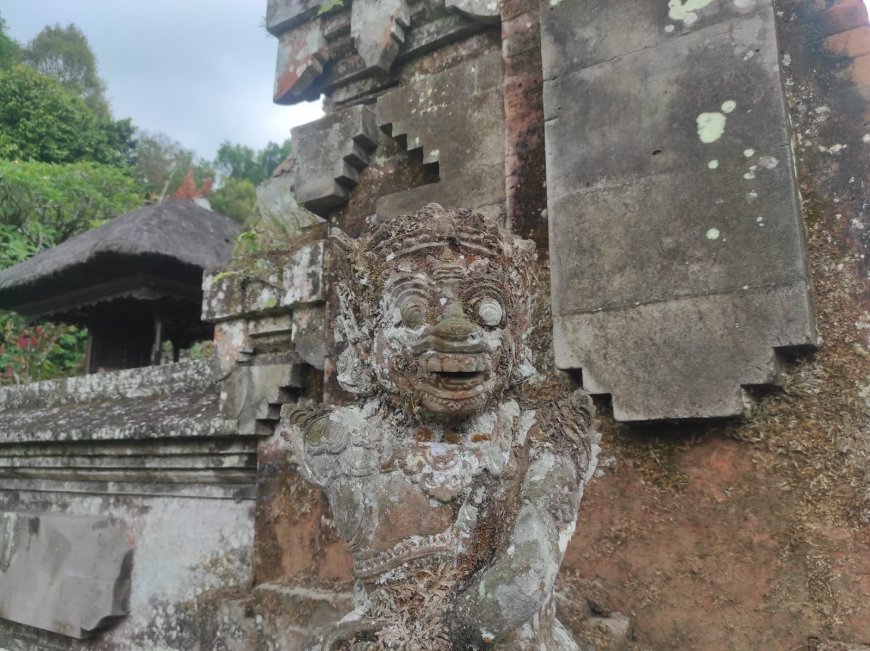
Luhur Besikalung Temple (source : private collection)
To experience the virtual exploration of Luhur Besikalung Temple more clearly, please click the "Click Here To See More" button.
